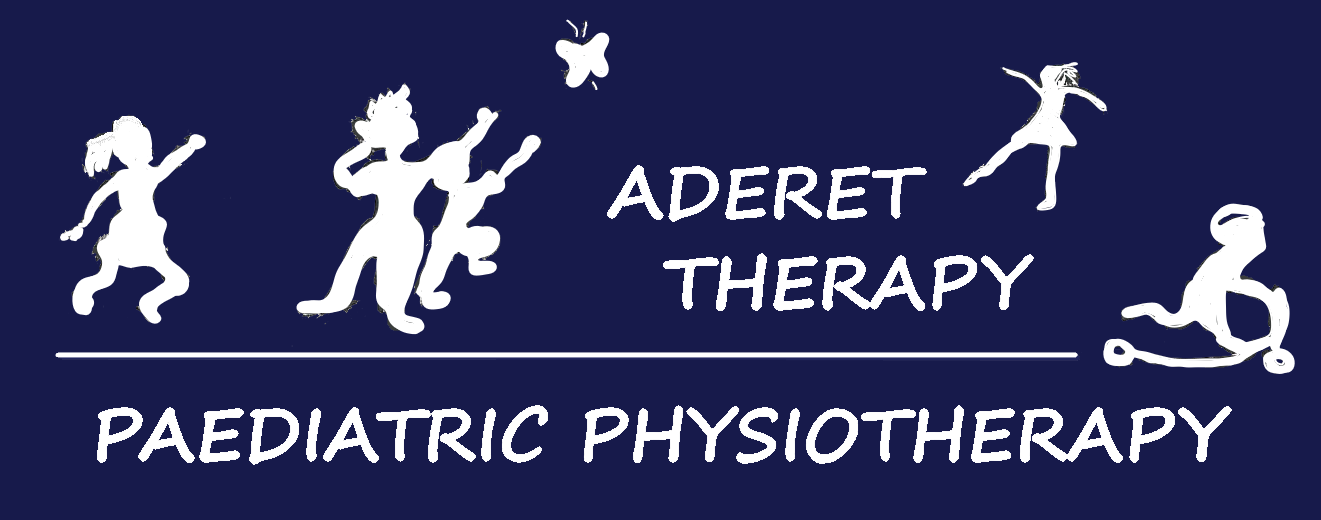In the world of health professionals, we unfortunately have our own language and terms we use to describe things in the effort to be more accurate and sometimes more confusing. I am sure many of you have heard the concept of tone being talked about, at the gym, at the doctors office, at the physio…But what is tone?
Most individuals define tone as muscle definition. An athlete with a well defined body is described as toned. However, muscle definition is more related to the ratio of muscle to other tissue types such as fat and skin. The more correct description of tone is related to the brain’s ability to activate a motor unit within a muscle to contract particularly in response to outside stimuli.
The simplest way to describe tone is as followed:
Tone is the muscle’s resistance to movement or the extensibility of a muscle.
For example, if an individual has low tone or hypotonia in their biceps; it is super easy to bend and straighten their elbow. There is little to no resistance. Their arm just flops.
Alternatively, if an individual has high tone or hypertonia in their biceps; their arm is rigid, it is difficult to bend and straighten their elbow. It takes effort.
If you think of tone like an elastic band, low tone would be the elastic band that is super stretchy and does not resist against you stretching it wide. High tone would be the elastic band that is rigid and cannot stretch far. Tone is always a spectrum. Every muscle has tone and sits somewhere on the spectrum between high and low tone. Ideally we want to be somewhere in the middle: some extensibility but enough resistance that we can still recruit strength.

Now there is two things to be aware of, firstly tone is different from strength. And tone is different to flexibility. However, both of these concepts are influenced by tone and therefore have a strong correlation.
Strength has to do with the muscle power and endurance. Often individuals with low tone also have low strength. In order to build strength your muscles need to activate that muscle to recruit and grow muscle fibres. Someone with low muscle tone has reduced activation of muscle fibres so it will take longer to build strength. This does not mean that they are automatically weak though. It is simply harder to build strength.
Strength is more obviously different to tone in cases of high tone. Hypertonia and rigidity prevent your muscles from being able to recruit and grow muscle fibres. This occurs because the brain is shooting off an onslaught of messages to contract isometrically. The muscle never gets the opportunity to rest, regroup and rewire. This message needs to be overridden to contract the muscle functionally. This means functional muscle strength is often still very weak. It is very difficult for individuals with hypertonia and rigidity to use their muscles functionally across their full range of movement. This is different to someone who has activated the motor units in the muscle over a the full range of motion in a functional pattern to build muscle tone. In this situation, the increase in muscle tone is highly functional and leads to increase in strength and muscle definition. This is what we all aim for in the gym. This is very different to the neurological misfiring that leads to rigidity and hypertonia.
The final thing to discuss is range of movement. If you have more range at a joint, that muscle works over a longer distance and therefore it is more difficult to activate muscle fibres. This can lead to low tone. This is why individuals with hyperextensibility and connective tissue disorders (Ehlers Danlos Syndrome), frequently demonstrate low tone and weakness.
In summary, tone is the ability for a muscle to resist movement. It is neither a good thing nor a bad thing. It is definitely a concept that can provide insight and direct treatment when related to injuries, disability and movement disorders.
